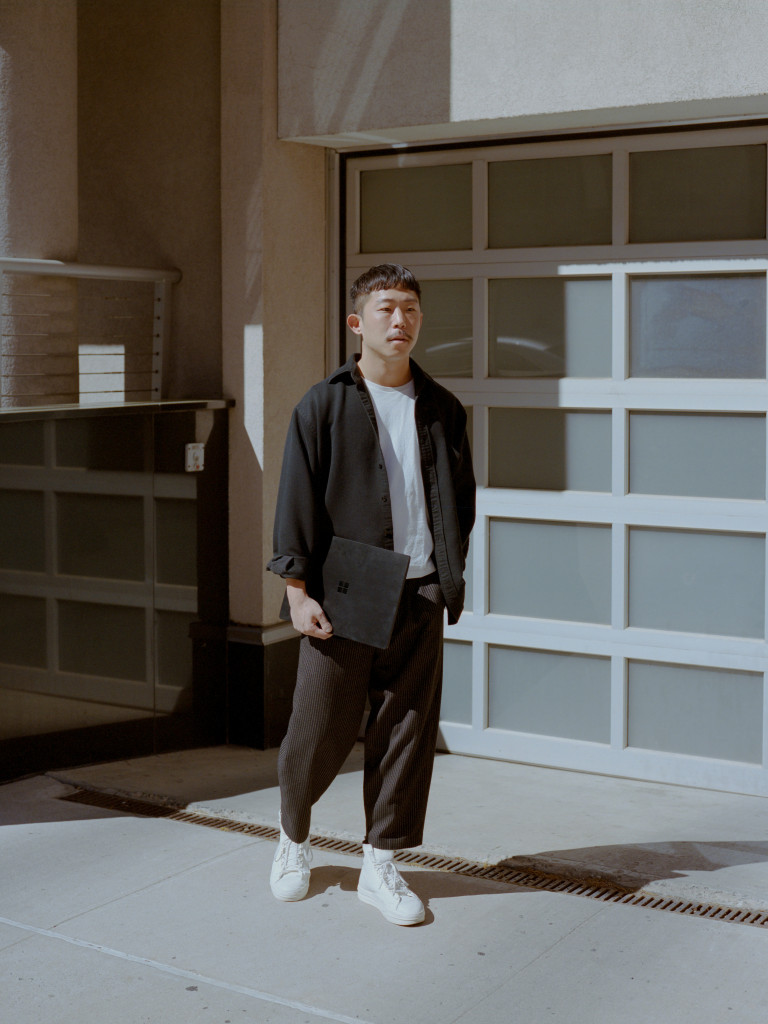Building a business After Hours:
How one man turned his side hustle into a thriving merchandise brand.

For James Patel, evenings and weekends were once a time to unwind after long days working in IT support. But in 2021, fuelled by a passion for design and a desire to create something of his own, James started dabbling in custom T-shirt printing from his spare room in Leeds. Two years later, his side hustle—Thread Theory—has grown into a six-figure custom merchandise business, and James now works part-time to focus on scaling his brand.
“I’ve always loved streetwear and branding,” James says. “I started by designing T-shirts with quirky slogans and minimalist graphics, just for fun. But once I put them online, people started buying.”
Using platforms like Etsy and Redbubble at first, James soon realised he wanted more control over his brand and customer experience. He taught himself how to build a simple Shopify store, integrated with print-on-demand services like Printful and Gelato, allowing him to sell custom designs without holding inventory.
The 5-9 Grind
Balancing a full-time job with a growing business wasn’t easy. James would often start work at 9am, clock off at 5pm, eat dinner, and then work on designs, packaging, and customer service from 7pm until midnight. Weekends were spent managing orders and tweaking ad campaigns.
“There were weeks I was completely burned out,” James admits. “Social life? Gone. Sleep? Patchy. But I loved the process—seeing my designs out in the world was addictive.”
Time management became critical. James leaned on tools like Notion to plan content and track inventory, and used Canva for fast design mockups. Zapier helped automate repetitive tasks, and Meta Ads Manager was his secret weapon for reaching targeted audiences with laser-focused Instagram and Facebook ads.

Turning the Corner
After two years of relentless effort, Thread Theory hit £80,000 in annual revenue—enough to give James the confidence to reduce his hours at work and dedicate more time to his brand.
“That moment was surreal,” he says. “Going part-time wasn’t just about the business—it was about betting on myself.”
With more time to focus on growth, James began collaborating with local artists, expanded into tote bags and hoodies, and set up a small home studio for limited-run screen printing. He also outsourced customer service to a virtual assistant, freeing up even more time for creative direction and marketing.
Why the 5-9 Works
James believes the “5-to-9” lifestyle—working on a side hustle outside of traditional job hours—is one of the most realistic paths to entrepreneurship for many people.
“You don’t need to quit your job to start,” he says. “If you’ve got an internet connection, some grit, and a few spare hours, you can build something real.”
His advice to others? Start small, stay consistent, and use the tools at your fingertips.
“Most of all,” James says, “don’t wait for the perfect time—it doesn’t exist. Just start where you are, and build from there.”

